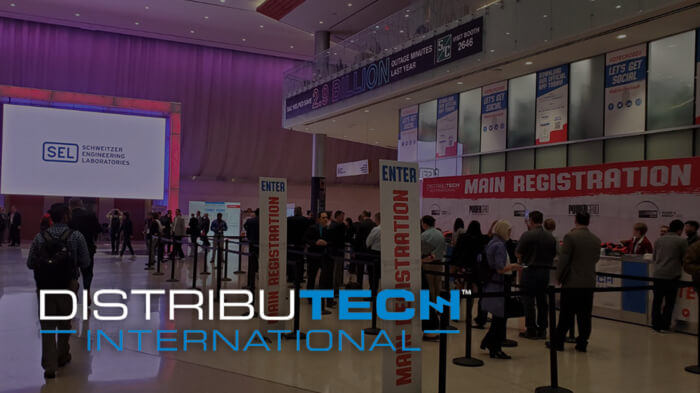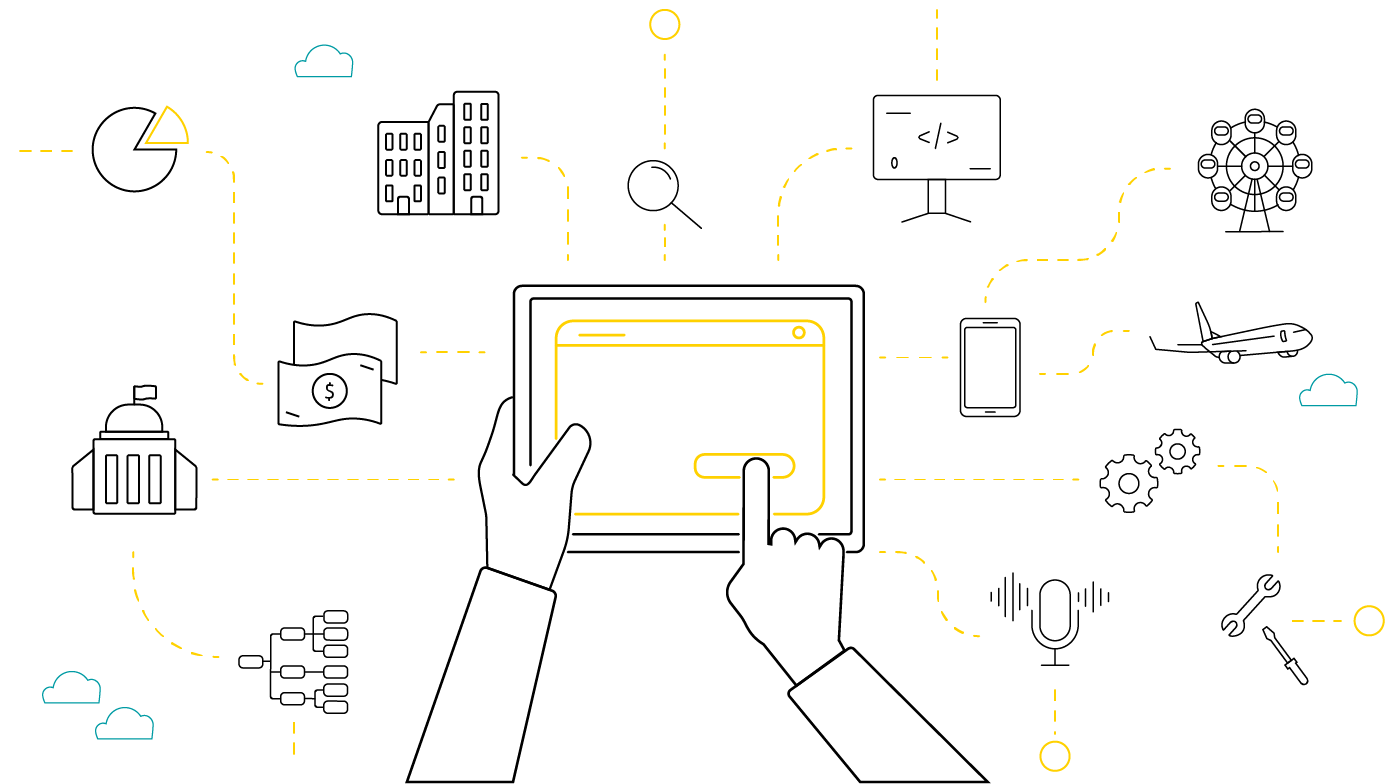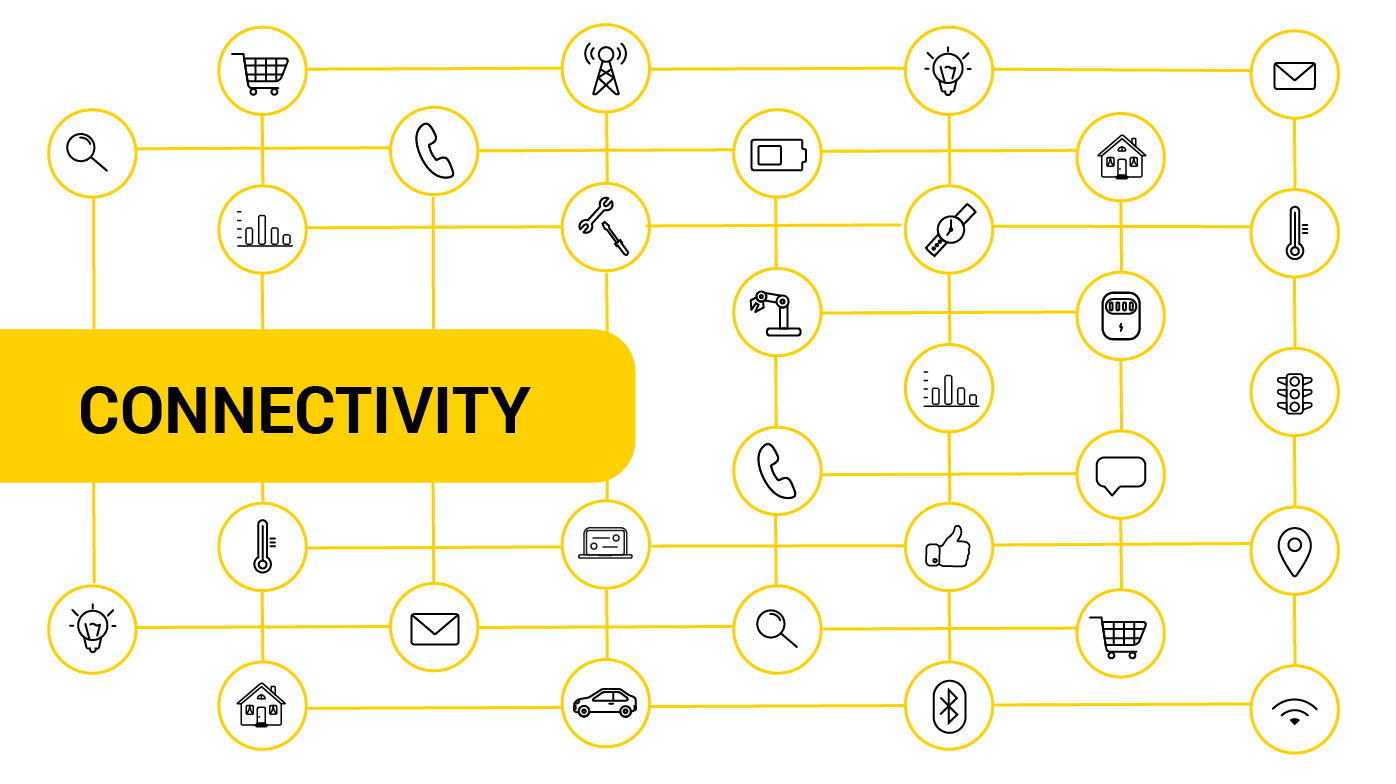CES 2020 — Yes, we are moving forward!

From tech giants to aspiring tech startups, some 170,000 people from around the world (according to CTA) converges on Las Vegas at the beginning of each year. CES — yes, it’s always huge. It’s always big. It’s always full of glitz and (tech) glamor. There’s always a dazzling array of gadgets and machines on display. But this year, something else is happening, as we start at the gate of a new decade.
And that is the underlying technologies which permeate every genre of tech:
- speed and connectivity: 5G,
- software/intelligence: AI, Machine Learning,
- and the ubiquitous services that connect things: IoT.
And not meaning to take a dig at CES organizer, but I had to start by pointing out a couple of misnomers: The Consumer Electronics Show is no longer consumer only, nor just electronics. As a matter of fact, the theme that looms the most and is becoming more dominant, is enterprise tech and software that controls the electronics.
As the organizer aptly dubbed it, IoT now stands for “Intelligence of Things.” By that, it highlights the fact that it’s not just sensors and devices. It’s the data collected from them and the algorithm applied to them that drive business and consumer decisions.

In my light-heart note to capture my impression on the second day of the show, I quipped:
- Smart Home: is not just smart home. The home outsmarts you!You don’t "live" in a home. You need a vocational tech degree to "operate" your home, from kitchen to bedroom closets.
- Smart Cars: you don’t drive your cars. Your car drives you (...hopefully not crazy, eh?).
- Smart Parking: parking is a test of just how smart you'll need to be.
- Smart City: humans no longer run cities, there is no community of humans. It’s a community of 1s and 0s.
- Smart People: no need to say hello to people any more. The boxes "hello" you.
- Smart TV: you don’t watch TV anymore. The ccTV watches you! Ouch!
- Smart factories / smart manufacturing: humans no longer needed. Machines manufacturing machines (robots).
- Smart Devices: you are smart, until your devices outsmart you! Best of all, you don’t need to go to work any more. "Let’s put Smart to work" for you! (that’s actually a real banner hanging off the ceiling from one of the 4,800 vendors!).
All of these new things and new businesses need connectivity, fast and always on. Here comes 5G — front and center. At the theoretical level, 5G is expected to deliver 100 times faster than what we currently have with 4G. In layman’s terms, that means, according to the Consumer Technology Association (CTA, the organizer of CES), that we can download a two-hour movie in just 3.6 seconds versus 6 minutes on 4G or 26 hours on 3G. The super speed and low latency is expected to unleash unprecedented new services, new technologies that indeed are going to change how we work and live.
Well, the foundation is still the devices, be it a sensor or a radio module, at the network edge, in your hands, on the truck, in the field, which spew data, and massive amounts of it! How to make use of them? Turning data into intelligence to aid decision making, either for a pedestrian walking on the street and being able to choose a safe route to a destination or a piece of perishable good that can get to where it’s intended before getting spoiled.

The ‘ah-huh’ moment is: how do we connect and manage these massive amounts of devices and data? The challenge is how to manage these millions of devices at scale — provision them, turn on service, have them counted and remotely controlled. There are key factors that need to be considered when designing any intelligent services, particularly device onboarding — only reliable and certified devices can send reliable data back. Only data that’s correlated with contextual algorithms can give meaningful decision insights. Indeed, AI and Machine Learning play a major role. The boring work of onboarding, certifying, and interoperating devices, at scale, in an easy and flexible manner is pretty much still a daunting task to speed consumer adoption and enterprise adoption.
When we look at IoT, and especially enterprise IoT, the task of device management becomes an inevitable topic. Enterprises leverage cloud-based services, for services such as Firmware Over-the-Air (FOTA) and purpose-built platforms to facilitate device communication such as OMA SpecWorks’s Lightweight Machine to Machine (LwM2M) protocol which helps to reduce technology fragmentation and provide standardization. We are seeing tech innovators working with carriers, enterprises, and device OEMs to foster adoption and make management of services that much easier. This is happening.
I have to close by how I started. This CES is not just about the “future of tech”. As a matter of fact, most I saw is here and now. The future is now. Glad to be in the crowd to make that happen. See you next year!
Recommended posts
- DistribuTECH International 2020 — energy & utilities at their finest
- 5 key essentials for making your IoT project a success by AVSystem
- How to choose the right IoT connectivity option?
Subscribe to stay in the loop with all our latest content:
Recommended posts



